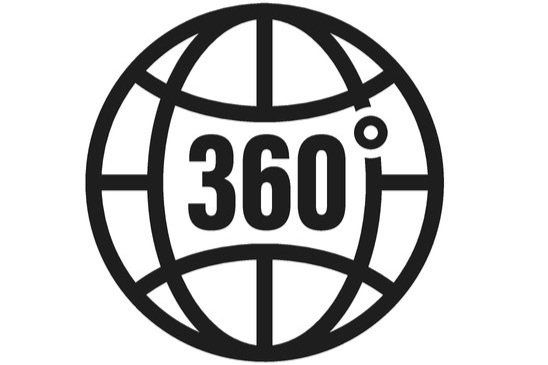3D Body Angles
3D angles are a very complex subject. The best way to understand rotation of the human body is to categorize it into "Absolute" and "Relative" movements.
Absolute rotations are global rotations of a body segment relative to the universe. An example of this would be, if you are a fly on the wall watching a body segment rotate you would have a visual of that body part changing its orientation from a fixed location.
Relative movements are how "joint angles" of the body are described. Here you would be a fly on a body segment and you would be moving with the body segment you are standing on. While moving with the body segment, you would also be watching the segment next to you making its change in orientation.
The body segment that the fly is on is called the proximal segment and the one next to it is the distal segment. In Jacobs 3D, the pelvis is ground zero as the first proximal segment.
In this image here, I was working with a major champion to help him decipher what would be the best way to rotate his head and neck to allow maximum efficiency while still controlling the sight lines of his eyes during the backswing movement.
Movement potential in the human body is a fascinating subject. I will be helping you sort through it over the next few years. The combinations are endless!




